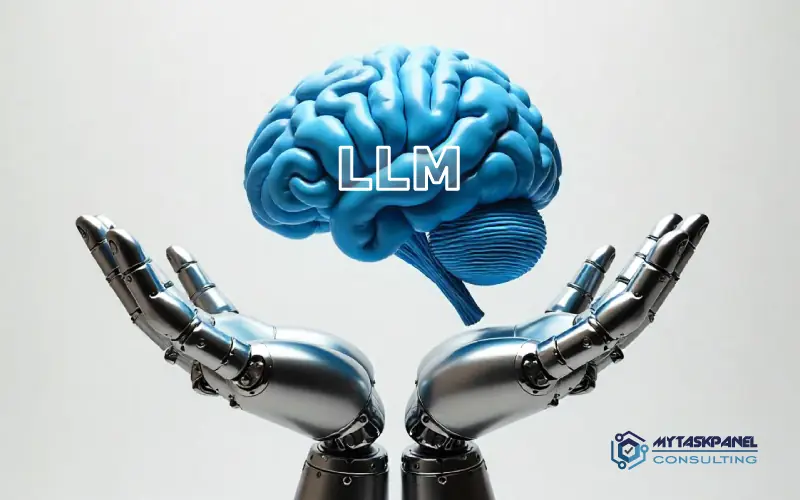Large Language Models (LLMs) represent one of the most significant advances in the field of artificial intelligence in the past decade. These models have transformed the way we interact with technology, offering impressive capabilities in natural language processing and generation. In this article, we will discuss LLMs, how they work, and their various uses.
What are Large Language Models?
Large Language Models are AI algorithms designed to understand and generate text in a way similar to how a human would. These models are based on deep neural network architectures, particularly the Transformer architecture, first introduced in the 2017 paper Attention is All You Need. LLMs, like OpenAI’s GPT-3, have millions or even billions of parameters, enabling them to capture complex nuances of language.
How do Large Language Models work?
Transformer architecture
The foundation of LLMs is the Transformer architecture. This architecture uses attention mechanisms to weigh the importance of different words in a sentence, allowing the model to understand context more effectively. Attention is crucial for handling long-range relationships in text, which is essential for tasks such as translation and generating coherent text.
Training on large datasets
LLMs are trained on massive textual datasets that cover a wide range of topics and styles. Training involves exposing the model to vast amounts of text, where it learns to predict the next word in a given sentence. This process, known as unsupervised learning, allows the model to acquire deep knowledge of the language without manually labeled data.
Fine-tuning
After the initial training, LLMs often undergo fine-tuning on more specific datasets to improve their performance in particular tasks. This fine-tuning process can adapt them for specific applications, such as chatbots, virtual assistants, or sentiment analysis.
5 uses of Large Language Models
Content generation
One of the most common uses of LLMs is content generation. From writing articles and creating advertising copy to generating code and scripts, LLMs can produce coherent and relevant text in a wide variety of styles and tones.
Virtual assistants and chatbots
Virtual assistants and chatbots powered by LLMs have significantly improved in understanding and responding to human queries. These systems can handle complex conversations, provide accurate information, and perform specific tasks, enhancing user experience in sectors like customer service and technical support.
Machine translation
LLMs have raised the bar for accuracy in machine translation, surpassing many limitations of traditional methods. They can understand contexts and cultural nuances, producing more natural and precise translations.
Sentiment and opinion analysis
In the field of sentiment analysis, LLMs are powerful tools for analyzing large volumes of textual data, such as product reviews, social media posts, and customer comments. This allows businesses to gain valuable insights into how their brand and products are perceived.
Research and development assistance
In research, LLMs are used to summarize scientific articles, suggest new ideas, and find connections between seemingly unrelated studies. This accelerates the discovery process and fosters innovation.
Impact and challenges
Industry impact
LLMs have had a significant impact across various industries, from technology and entertainment to medicine and education. They have enabled the automation of complex tasks, improved prediction accuracy, and personalized user experiences at an unprecedented level.
Ethical and technical challenges
Despite their impressive capabilities, LLMs also present important challenges. One of the main issues is the inherent bias in training data, which can lead to discriminatory or unfair outcomes. Additionally, there is the risk of misuse, such as generating fake news or malicious content. It is crucial to address these challenges by implementing responsible practices in the development and deployment of LLMs.
The future of Large Language Models
The future of LLMs is promising, with ongoing developments aiming for even larger and more sophisticated models. Future iterations of LLMs are expected to understand and generate text with greater accuracy, handle a wider range of tasks, and interact more naturally with humans. Moreover, the integration of federated learning techniques and more energy-efficient models promises to make LLMs more accessible and sustainable.
Large Language Models are revolutionizing artificial intelligence, opening new possibilities in natural language generation and understanding. Their ability to handle complex tasks and enhance human-machine interaction makes them indispensable tools across multiple sectors. However, it is also essential to address the ethical and technical challenges associated with their use to ensure that these advancements benefit society in an equitable and responsible manner. LLMs are not only transforming technology but also reshaping the way we live and work, marking the beginning of a new era in artificial intelligence.










